Table of Contents
The Life and Legacy of Werner Heisenberg
You know, when you think about the big names in quantum mechanics, Werner Heisenberg is right up there at the top. Heisenberg was a total game-changer in the world of physics. Picture someone with an endless thirst for knowledge, always pushing boundaries, and never settling for the status quo. That was Heisenberg for you.
Born in the early 1900s, he was like a kid in a candy store when it came to the mysteries of the universe. Quantum mechanics was still a baby back then, and here was Heisenberg, diving in headfirst, coming up with ideas that made everyone go, “Wait, what?” He wasn’t just adding a bit here and there; he was flipping the table and setting it in a whole new way.

But let’s not just geek out over his science. What’s super cool about Heisenberg is how passionate he was. It wasn’t about getting his name in textbooks or winning awards. Nah, he was genuinely curious, always wondering about the tiny bits and pieces that make up everything around us.
So, when we chat about Heisenberg’s legacy, it’s not just about his discoveries or theories. It’s about the fire in his belly, that drive to know more, to understand better. His story is a reminder of what happens when you mix a curious mind with a big heart. And trust me, thanks to his contributions, he’s not going to be forgotten anytime soon.
Early Life and Education
Childhood and Family Background
You know, Werner Heisenberg had quite the interesting start in life. Born in 1901 in a place called Würzburg in Germany, he grew up surrounded by books and intellectual discussions. Why? Well, his dad was a professor, but not just any professor – he specialized in Byzantine studies. Imagine growing up with a dad who’s super into ancient history and cultures! It’s no wonder young Werner caught the learning bug early on. That kind of environment can really spark a kid’s curiosity and passion for knowledge. So, in a way, his family set the stage for the genius he’d become. Cool, right?
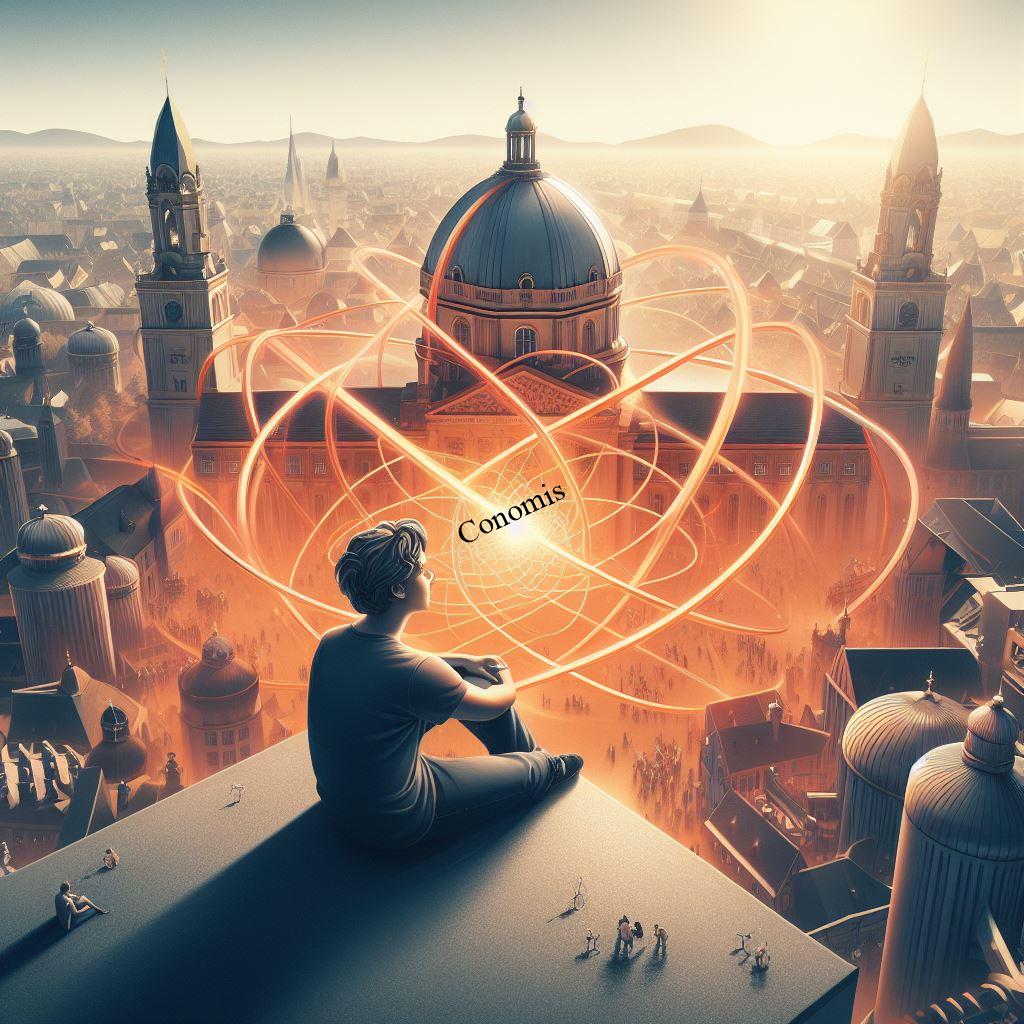
Academic Achievements
Alright, let’s talk about how much of a prodigy Heisenberg was. By the time most of us are trying to figure out our lives at 23, this guy was already making waves in the world of quantum mechanics. Can you believe that? And his academic adventures? Oh boy, they’re like a tour of the top-tier physics world. He started at the University of Munich – pretty prestigious, right? But he didn’t stop there.

He later moved to the University of Göttingen. And guess what? Over there, he wasn’t just studying; he was rubbing shoulders and brainstorming with some of the biggest brainiacs in physics. It’s like being in a rock band, but for science. Just goes to show how much of a wunderkind Heisenberg really was!
Groundbreaking Contributions to Physics
The Uncertainty Principle
The Uncertainty Principle is one of those groundbreaking concepts in physics that has both baffled and fascinated scientists and enthusiasts alike. At its core, this principle, championed by Werner Heisenberg, challenges our conventional understanding of measurement and observation.
Imagine you’re trying to observe a delicate snowflake with your bare eyes. The closer you get, the more it melts from your body’s warmth, altering its original form. This analogy, albeit simplified, captures the spirit of the Uncertainty Principle. In the realm of quantum mechanics, when we attempt to measure certain properties of a particle, the very act of observing can disturb the particle, making our measurements less certain.
Heisenberg’s principle specifically deals with pairs of properties, such as a particle’s position and its momentum (basically, its speed in a particular direction). The crux of the idea is that you can’t precisely nail down both at the same time. The more accurately you try to determine the position of a particle, the less certain you become about its momentum, and vice versa.
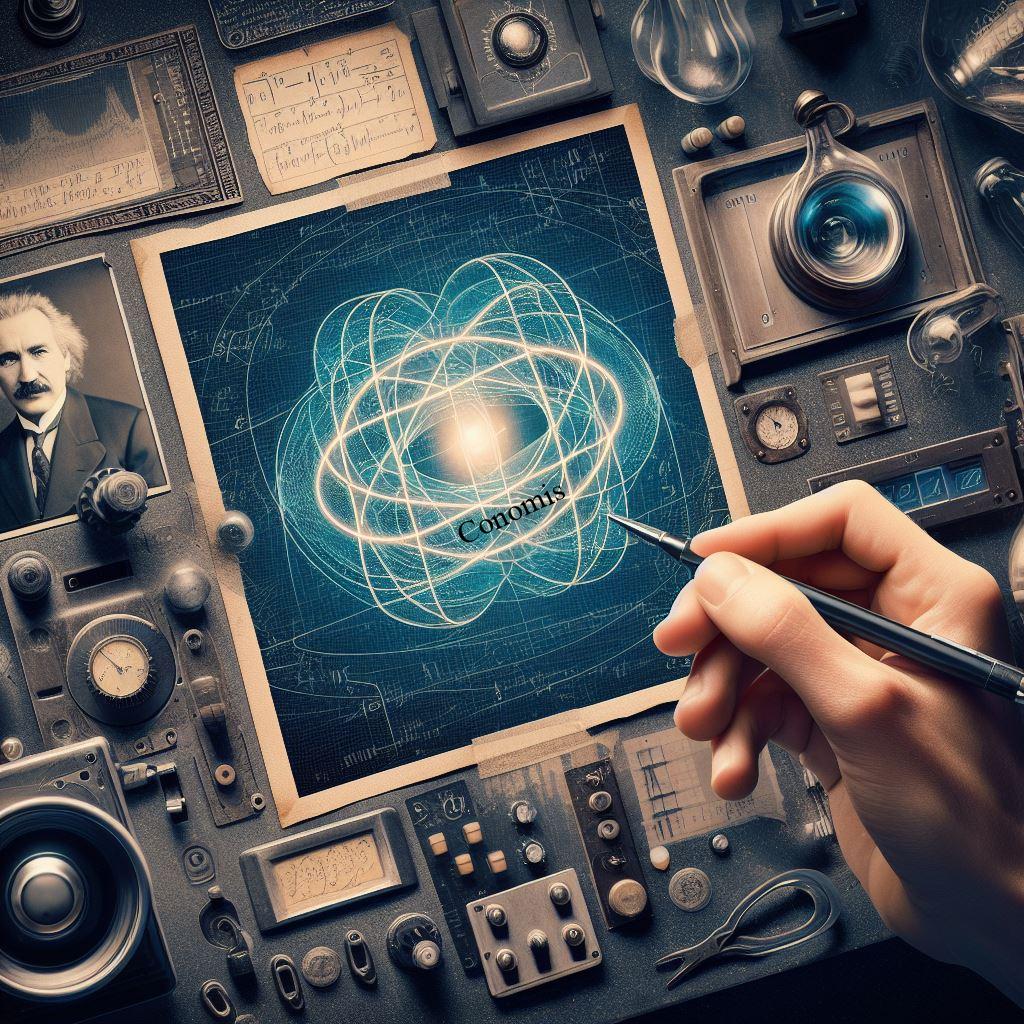
This isn’t due to any flaw in our instruments or a gap in our techniques. Instead, it’s a fundamental aspect of nature at the quantum level. It’s as if the universe has set a limit on the precision with which certain pairs of physical properties can be known.
The implications of the Uncertainty Principle are profound. It has reshaped our understanding of the microscopic world and has led to deeper philosophical debates about the nature of reality and our role as observers. It challenges the deterministic view of the universe, suggesting that at its most fundamental level, there’s an inherent unpredictability.
In essence, Heisenberg’s Uncertainty Principle isn’t just a quirky rule of quantum mechanics. It’s a testament to the complexities and mysteries of the universe, reminding us that there’s still so much we have yet to understand.
Matrix Mechanics
Matrix mechanics, brought to the forefront by Heisenberg, is one of those concepts that truly revolutionized the way we understand the quantum world. At its heart, it’s a mathematical tool, but its implications stretch far beyond mere numbers and equations.
Imagine trying to describe the intricate dance of stars in a galaxy or the swirling patterns of a tornado. It’s complex, right? Now, think about diving even deeper, into the realm of the tiniest particles, where the rules of classical physics start to blur. That’s the quantum world for you, and it’s a place where intuition often takes a backseat.
Before matrix mechanics, scientists were grappling with how to accurately describe this quantum realm. The existing tools and theories just weren’t cutting it. Enter Heisenberg with his groundbreaking approach. Instead of trying to force quantum behaviors into classical boxes, he introduced a whole new framework: matrix mechanics.

Now, the term “matrix” might sound a bit intimidating, especially if you’re not a math enthusiast. But at its core, a matrix is just a neat way of organizing numbers or data. What Heisenberg did was use this organization to capture the unpredictable and often counterintuitive behaviors of particles at the quantum level.
This wasn’t just a minor tweak; it was a seismic shift. Matrix mechanics provided a fresh lens through which to view quantum phenomena, allowing scientists to make predictions and understand behaviors that previously seemed nonsensical.
But beyond the math, what’s truly fascinating about matrix mechanics is its philosophical implications. It nudged scientists to accept that at the quantum level, things don’t always behave in ways we’d expect based on our everyday experiences. It’s a world where probabilities reign supreme, and certainty is often elusive.
In wrapping our heads around matrix mechanics, we’re not just learning about particles and waves. We’re delving into a realm that challenges our very understanding of reality, and in doing so, we’re getting a glimpse of the sheer wonder and complexity of the universe. And for that, we have Heisenberg and his revolutionary approach to thank.
Dive into the Quantum World
Quantum Mechanics: A New Perspective
Quantum mechanics is like stepping into a fantastical realm where the rules of the game are entirely different from what we’re used to. It’s a bit like discovering a parallel universe where up is down, left is right, and the impossible becomes possible. This is the quantum world, a place where our everyday logic often gets thrown out the window.
Imagine, for a moment, that you could be both at your home and your favorite coffee shop at the same time. Sounds like something out of a sci-fi movie, right? But in the quantum realm, particles do precisely this. They can exist in multiple places simultaneously. It’s as if they’re playing a cosmic game of hide-and-seek, keeping us guessing about their true location.
And just when you thought things couldn’t get any weirder, there’s the whole wave-particle duality thing. In our everyday world, something is either a particle (like a tiny speck of dust) or a wave (like the ripples in a pond). But quantum particles? They laugh in the face of this distinction. Depending on how you look at them or measure them, they can behave like particles or waves. It’s like they have dual personalities!

Now, navigating this strange world might seem like a daunting task. But this is where Heisenberg comes into the picture. His groundbreaking work in quantum mechanics provided a roadmap to this perplexing landscape. He didn’t just accept the oddities of the quantum world; he embraced them, delved deep into them, and came out with theories and principles that helped make sense of the seemingly nonsensical.
Thanks to Heisenberg, we have a better grasp of this enigmatic realm. While the quantum world will always retain an air of mystery, we’re no longer completely in the dark. We have tools and theories to guide us, allowing us to explore and understand, even if just a little, the wondrous intricacies of the universe at its most fundamental level.
Heisenberg’s Interpretation
Heisenberg’s take on quantum mechanics is a bit like shaking up a snow globe and watching everything settle in unexpected ways. While many of us grew up with a certain understanding of the world, where things are definite and predictable, Heisenberg threw a curveball into that worldview.
Let’s break it down a bit. Most of us think of mathematics as a language that describes the world around us. If you drop an apple, math can describe its fall. If you throw a ball, equations can predict its trajectory. But Heisenberg looked at the complex math of quantum mechanics and said, “Hold on a minute. This isn’t telling us about the actual reality of things. Instead, it’s telling us about what we can know about that reality.”
It’s a subtle but profound distinction. Imagine you’re looking at a blurry photograph. You might be able to make out shapes and colors, but the finer details are lost. According to Heisenberg, the math of quantum mechanics is a bit like that blurry image. It gives us a glimpse, but not the full picture. And the real kicker? Maybe that full, clear picture doesn’t even exist. Maybe the universe, at its most fundamental level, is inherently blurry and uncertain.
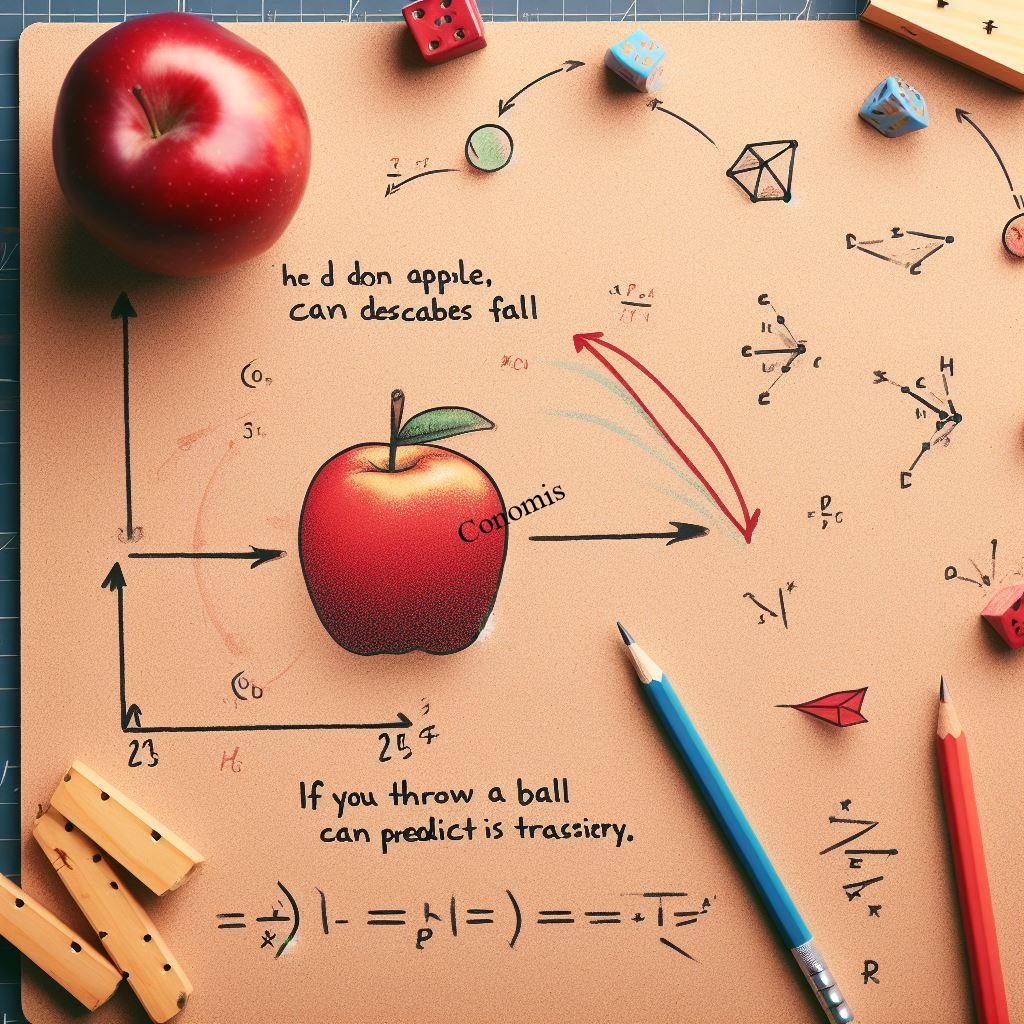
This idea is a massive departure from the classical view, where the universe is like a giant clockwork mechanism, ticking away predictably. Heisenberg’s interpretation suggests that there’s a level of unpredictability baked into the very fabric of reality.
As you can imagine, this idea has been a hot topic of debate. Some love it, some hate it, and some are just plain baffled by it. But regardless of where one stands, there’s no denying that Heisenberg’s perspective has reshaped our understanding of the quantum world. It’s pushed us to question, to wonder, and to dive deeper into the mysteries of the universe, forever changing the way we look at the world around us.
Profound and Inspiring Quotes
On Science and Reality
Heisenberg’s perspective on science and reality is beautifully captured in his quote: “Nature does not reveal its secrets; it only responds to our method of questioning.” It’s a profound statement, one that invites us to reflect on the very essence of discovery and understanding.
Imagine nature as a grand, ancient library, filled with countless books of knowledge. But here’s the catch: there’s no index, no guide, and the books are written in a language we’re still trying to decipher. According to Heisenberg, the answers we seek from this vast repository aren’t just lying there, waiting to be found. Instead, the insights we gain are shaped by the questions we pose.
It’s a bit like fishing in a vast ocean. The kind of fish you catch isn’t just determined by the vastness of the sea, but by where you cast your net, the bait you use, and even the time of day you choose to fish. Similarly, the truths we uncover about the universe depend on the tools we use, the theories we apply, and the questions we dare to ask.

Heisenberg’s view challenges the notion that there’s an absolute, objective reality out there, just waiting to be described in full. Instead, he suggests that our understanding of reality is a dance, a dynamic interplay between the mysteries of nature and our evolving methods of inquiry.
This perspective is both humbling and empowering. It reminds us that while the universe is vast and complex, our role as observers and questioners is crucial. We’re not passive spectators; we’re active participants in the unfolding story of discovery.
In essence, Heisenberg’s quote is an invitation. An invitation to be curious, to question, to probe, and to accept that the journey of understanding is as important, if not more so, than the destination. It’s a call to embrace the ever-evolving dance between nature’s enigmas and our ceaseless quest for knowledge.
On Philosophy and Physics
Heisenberg’s musings on the intersection of philosophy and physics are both profound and poetic. His quote, “The first gulp from the glass of natural sciences will turn you into an atheist, but at the bottom of the glass, God is waiting for you,” beautifully encapsulates the journey many scientists and thinkers embark upon.
Picture this: You’re handed a glass filled with the elixir of natural sciences. As you take that initial sip, the world unravels in a way that’s logical, mathematical, and seemingly devoid of any divine intervention. The mysteries of the universe appear to be nothing more than equations waiting to be solved, and the idea of a higher power seems redundant. This is the realm of atoms, particles, and forces, where everything seems to follow a set pattern.
But as you drink deeper, reaching the bottom of the glass, things aren’t as clear-cut. The more we learn, the more we realize how much we don’t know. The very foundations of physics, especially in the quantum realm, are shrouded in uncertainties and paradoxes. Here, particles can be in two places at once, and the act of observation changes the observed. The deeper mysteries of the universe hint at something beyond mere equations, something profound and inexplicable.
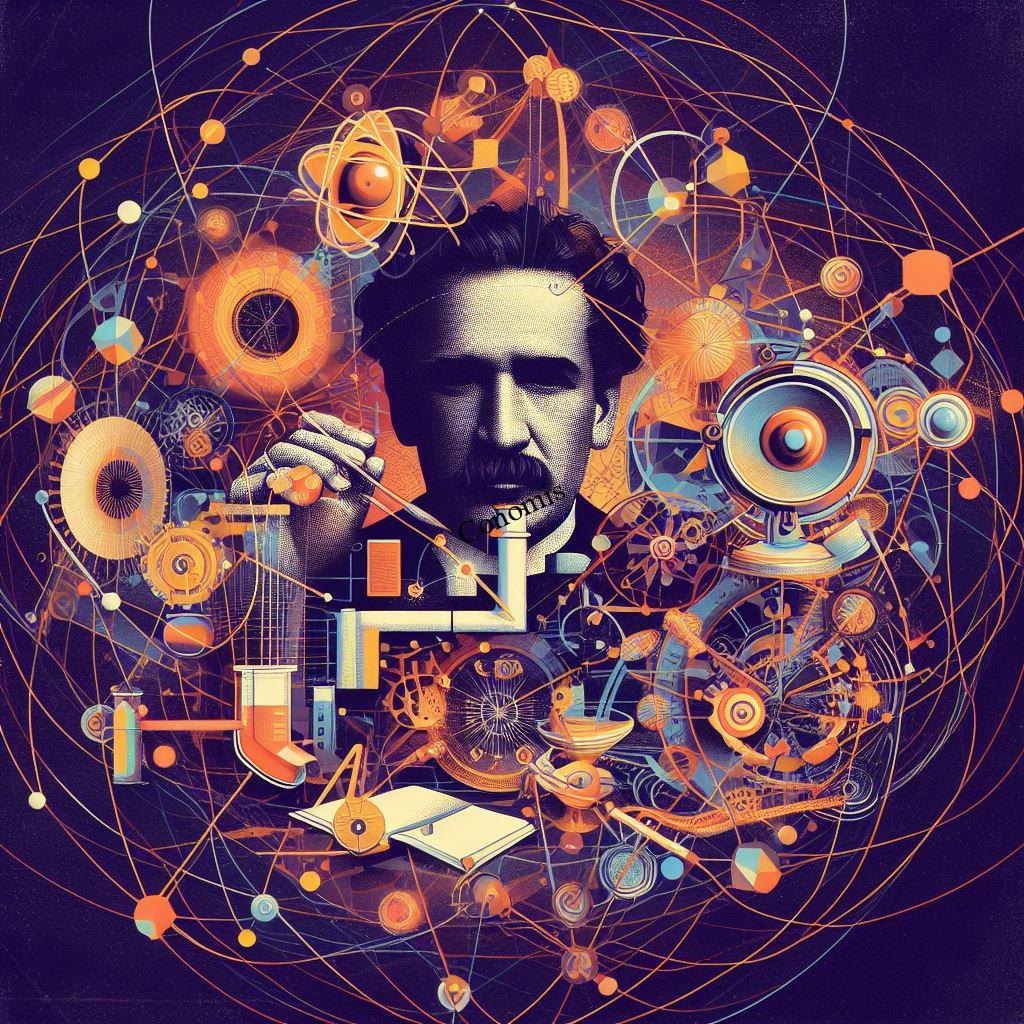
Heisenberg recognized that the pursuit of understanding the universe isn’t just a scientific journey but also a deeply philosophical one. As we peel back the layers of reality, we’re confronted with questions that science alone cannot answer. The boundaries between physics and philosophy blur, leading to profound reflections on existence, purpose, and the nature of reality.
In essence, Heisenberg’s insights remind us that the journey of discovery is multifaceted. While science provides us with tools to decode the universe, philosophy pushes us to ponder the deeper, existential implications of those discoveries. It’s a dance between knowing and wondering, between certainty and awe.
Philosophy Meets Physics: Heisenberg’s Perspective
The Intersection of Thought and Science
Heisenberg’s perspective on the interplay between thought and science is akin to viewing a tapestry from two distinct angles. Each viewpoint offers a unique appreciation, but it’s only by considering both that one can grasp the full richness of the design.
Imagine a musician who understands the technicalities of notes, scales, and chords but has never felt the soul-stirring emotions of a melody. On the flip side, picture someone deeply moved by music but clueless about its structure. Both perspectives are valid, but it’s their combination that creates a holistic appreciation of music. Similarly, for Heisenberg, the realms of physics and philosophy were intertwined, each offering insights that the other couldn’t provide alone.
Physics, with its equations, experiments, and empirical data, offers a structured way to decode the universe. It’s like a detailed map, charting out the terrain of reality. But while this map can show us the lay of the land, it doesn’t necessarily convey the beauty of a sunset or the awe of gazing at a starlit sky. That’s where philosophy steps in. It delves into the ‘why’ behind the ‘what’, probing deeper questions about existence, meaning, and the very nature of knowledge.
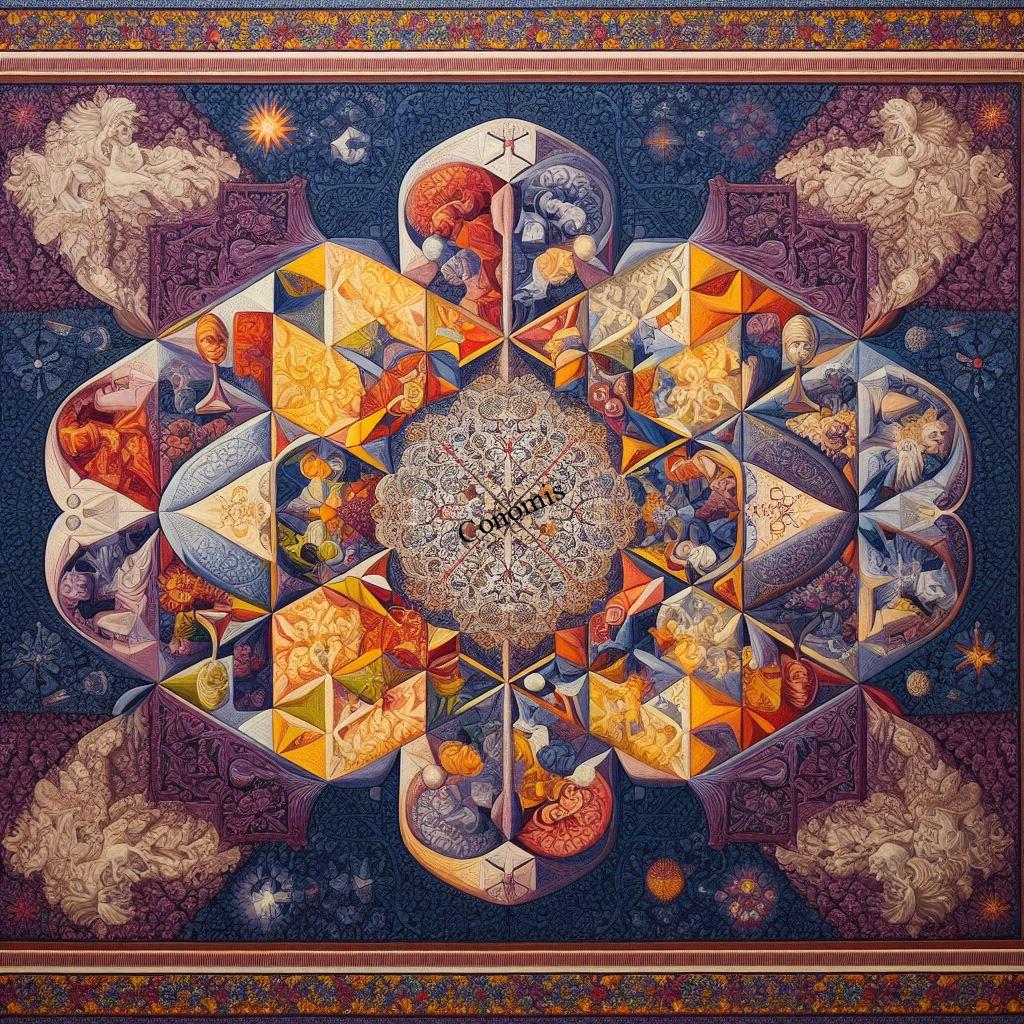
Heisenberg recognized that a purely scientific approach might lead to a fragmented understanding of the universe. While it could dissect and analyze, it might miss out on the broader, interconnected picture. Conversely, a solely philosophical approach, without the grounding of empirical evidence, might float into abstract realms without anchoring in reality.
By marrying the two, Heisenberg advocated for a richer, more nuanced exploration of the universe. It’s a call to not just observe and measure but to reflect and ponder. In this harmonious blend of thought and science, we’re encouraged to not only seek answers but to question deeply, to not just understand the mechanics of the universe but to marvel at its mysteries.
Heisenberg’s Philosophical Insights
Heisenberg wasn’t just a physicist; he was a deep thinker, often blurring the lines between science and philosophy. His reflections on the very fabric of reality pushed boundaries. He questioned the very nature of what we consider ‘real’ and pondered the extent to which we can truly know anything. It’s like he was asking, “How much can we trust what we see and understand?”
One of his most intriguing ideas revolved around the role of the observer in the quantum realm. Unlike the passive observers we imagine, in Heisenberg’s quantum world, the very act of observing influences the observed. It’s a bit like watching a shy person dance; the moment they feel observed, their moves might change.

These musings weren’t just idle thoughts. They sparked intense debates, challenging established norms and pushing scientists and philosophers alike to rethink their stances. Discussions inspired by Heisenberg’s insights ventured into deep waters, exploring the interplay between knowledge, reality, and observation.
In essence, Heisenberg’s philosophical forays remind us that science isn’t just about cold, hard facts. It’s also about the questions we ask, the perspectives we hold, and the wonder with which we view the universe.
From Theory to Tech: Heisenberg’s Innovations
Applications in Modern Technology
Heisenberg’s work isn’t just confined to dusty textbooks or high-brow academic discussions; it’s alive and buzzing in the gadgets and devices we use every day. Think about the computer you’re using or the smartphone in your pocket. At their heart are tiny transistors, which owe their existence to the principles of quantum mechanics that Heisenberg helped pioneer.
And it’s not just our gadgets. Ever had an MRI scan or know someone who has? These life-saving machines, which give doctors a peek inside our bodies without a single incision, are also rooted in the quantum world. The principles that Heisenberg delved into, the ones that seemed so abstract and far removed from daily life, are the very foundations upon which these technologies stand.

It’s a testament to the far-reaching impact of Heisenberg’s theories. What started as musings on the nature of particles and waves has cascaded into innovations that touch every aspect of our modern lives. It’s a beautiful reminder that when we push the boundaries of understanding, when we dare to question and explore, the ripples of that curiosity can transform the world in ways we could’ve never imagined.
Legacy in the Tech World
When we think of Heisenberg, our minds often drift to complex theories, quantum mechanics, and abstract concepts. But there’s another side to his legacy, one that’s palpable, tangible, and interwoven into our daily lives: the world of technology.
It’s fascinating to realize that the musings of a physicist from the early 20th century would have such a profound impact on the 21st-century tech landscape. But that’s the magic of Heisenberg’s work. His explorations into the quantum realm, while seemingly distant from everyday life, became the bedrock for many technological marvels we now take for granted.
Consider the heart of modern computing: the semiconductor. The transistors that power our computers, smartphones, and countless other devices operate on principles of quantum mechanics. Without the foundational understanding that Heisenberg and his contemporaries provided, the digital revolution might have looked very different.

But it doesn’t stop at computing. Advanced medical technologies, like MRI machines, also have roots in quantum theories. These machines, which provide invaluable insights into the human body, are a testament to how deep scientific inquiry can lead to practical, life-changing applications.
Heisenberg’s legacy, therefore, is twofold. On one hand, he’s celebrated for his groundbreaking contributions to physics, for pushing the boundaries of what we know about the universe. On the other, he’s an unsung hero in the tech world, a figure whose work underpins many of the tools and technologies that define modern life.
In essence, Heisenberg’s impact is a beautiful reminder of the interconnectedness of science and technology, of how curiosity-driven research can, in time, reshape the very fabric of society.
Conclusion
Werner Heisenberg’s legacy is a tapestry of brilliance, woven with threads of scientific discovery and deep philosophical musings. His journey in the world of physics wasn’t just about equations and experiments; it was a quest to understand the very essence of the universe.
Heisenberg’s name is etched in history not just for his groundbreaking work in quantum mechanics, but also for his ability to bridge the seemingly disparate worlds of science and philosophy. He didn’t just ask “how?” but also “why?”, pushing the boundaries of both empirical research and existential reflection.
His contributions, like the Uncertainty Principle and matrix mechanics, have reshaped our understanding of the microscopic realm. But beyond these specific discoveries, Heisenberg’s true legacy lies in his approach. He challenged the status quo, dared to think differently, and wasn’t afraid to venture into the unknown. He taught us that science isn’t just about finding answers but also about asking the right questions.

Moreover, Heisenberg’s influence extends beyond the realm of pure physics. The technologies and innovations that shape our modern world owe a debt to his pioneering work. From the devices we use daily to advanced medical equipment, the ripples of his genius can be felt everywhere.
In wrapping up our reflection on Heisenberg’s life and work, it’s clear that he was more than just a physicist. He was a visionary, a thinker, and a trailblazer. His legacy serves as a beacon, inspiring future generations to approach challenges with a blend of scientific rigor and philosophical depth, to seek understanding, and to always remain curious.
FAQs
What is the Heisenberg Uncertainty Principle?
It states that certain pairs of physical properties, like position and momentum, cannot both be precisely measured at the same time.
How did Heisenberg contribute to quantum mechanics?
He introduced the Uncertainty Principle and matrix mechanics, both fundamental to quantum theory.
Was Heisenberg a philosopher?
While primarily a physicist, Heisenberg had deep philosophical insights and often discussed the philosophical implications of his work.
How has Heisenberg’s work impacted modern technology?
His theories have found applications in various technologies, from computing to medical imaging.
When did Werner Heisenberg pass away?
Heisenberg passed away in 1976, leaving behind a rich legacy in both physics and philosophy.
You Can Also Read
https://en.wikipedia.org/wiki/Werner_Heisenberg
https://www.nobelprize.org/prizes/physics/1932/heisenberg/biographical/
Conomis Thoughts
![]() Copyright 2023 CONOMIS
Copyright 2023 CONOMIS

